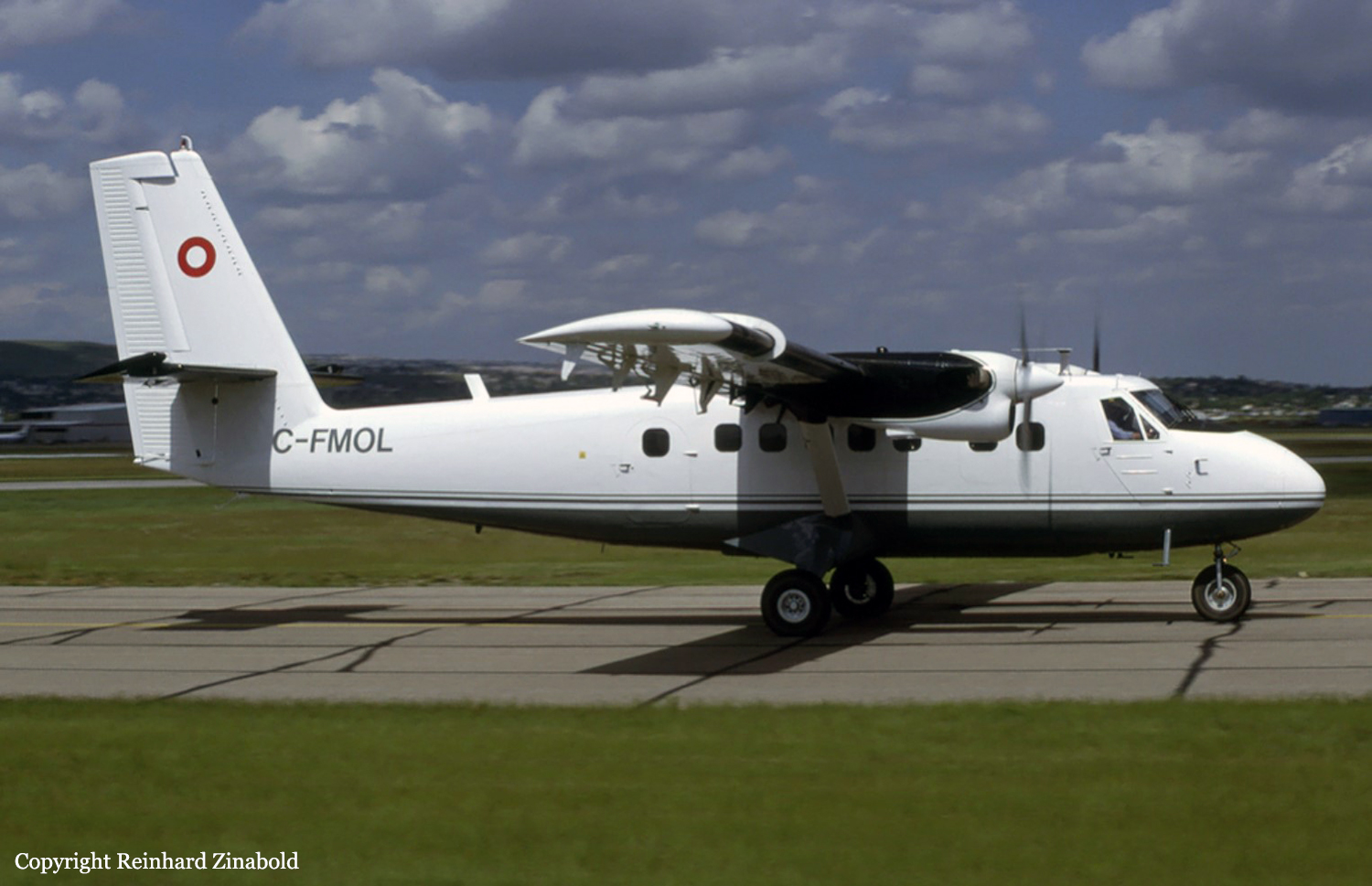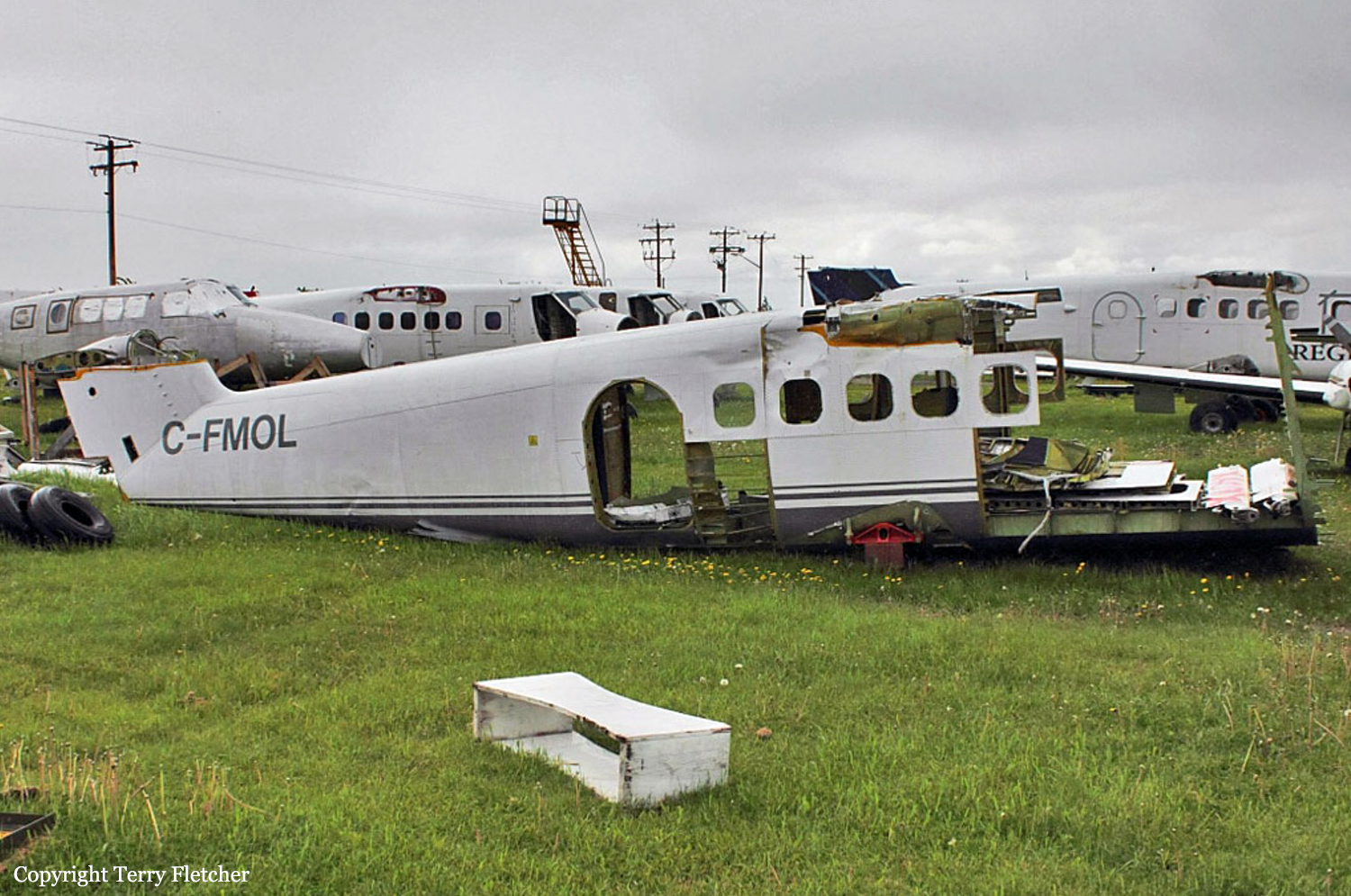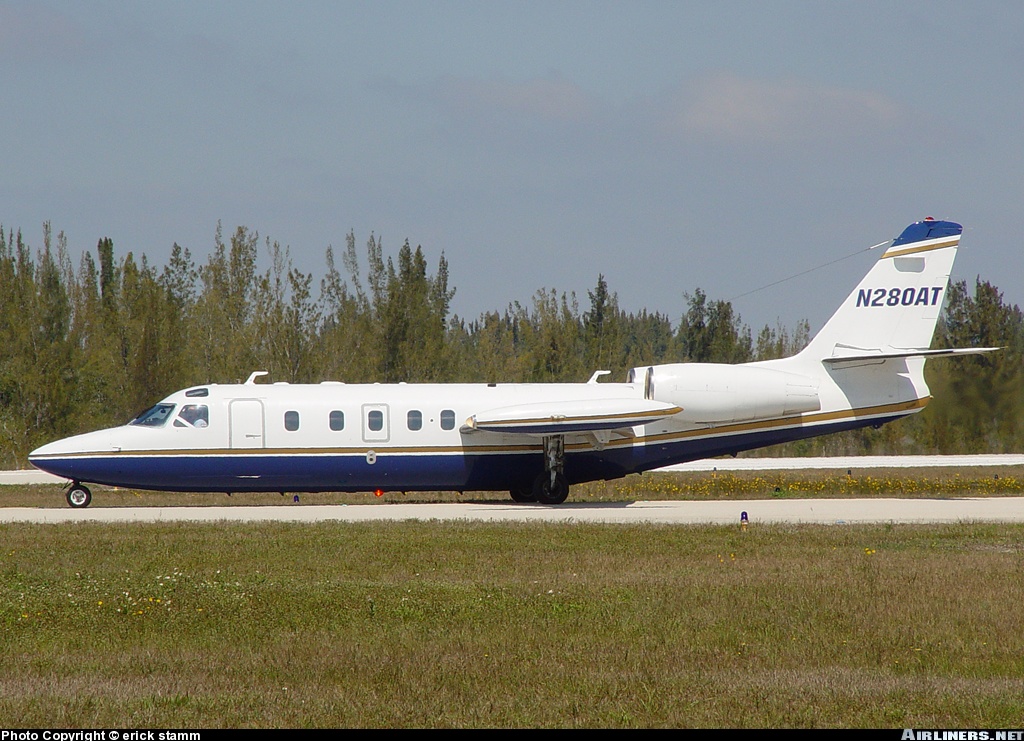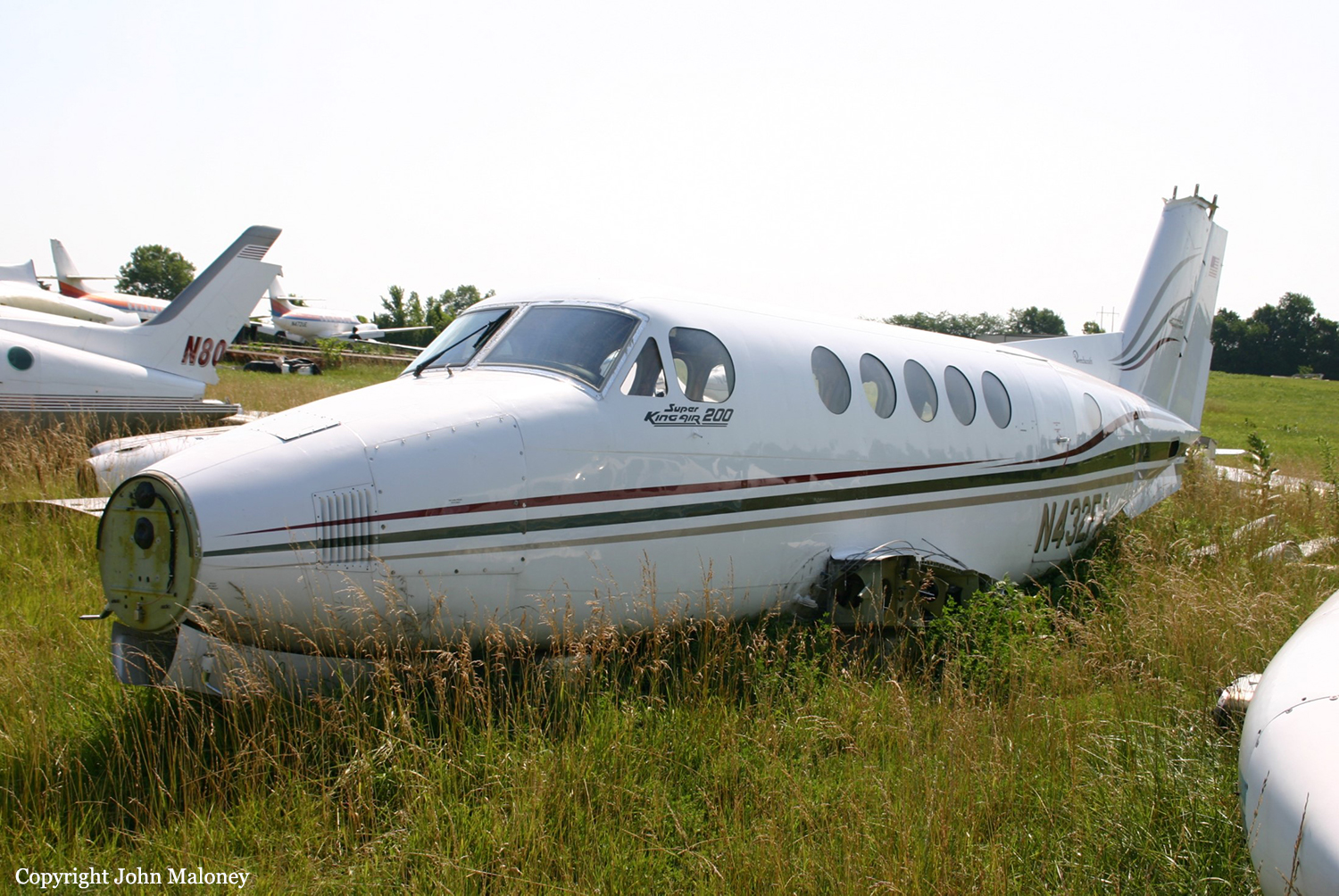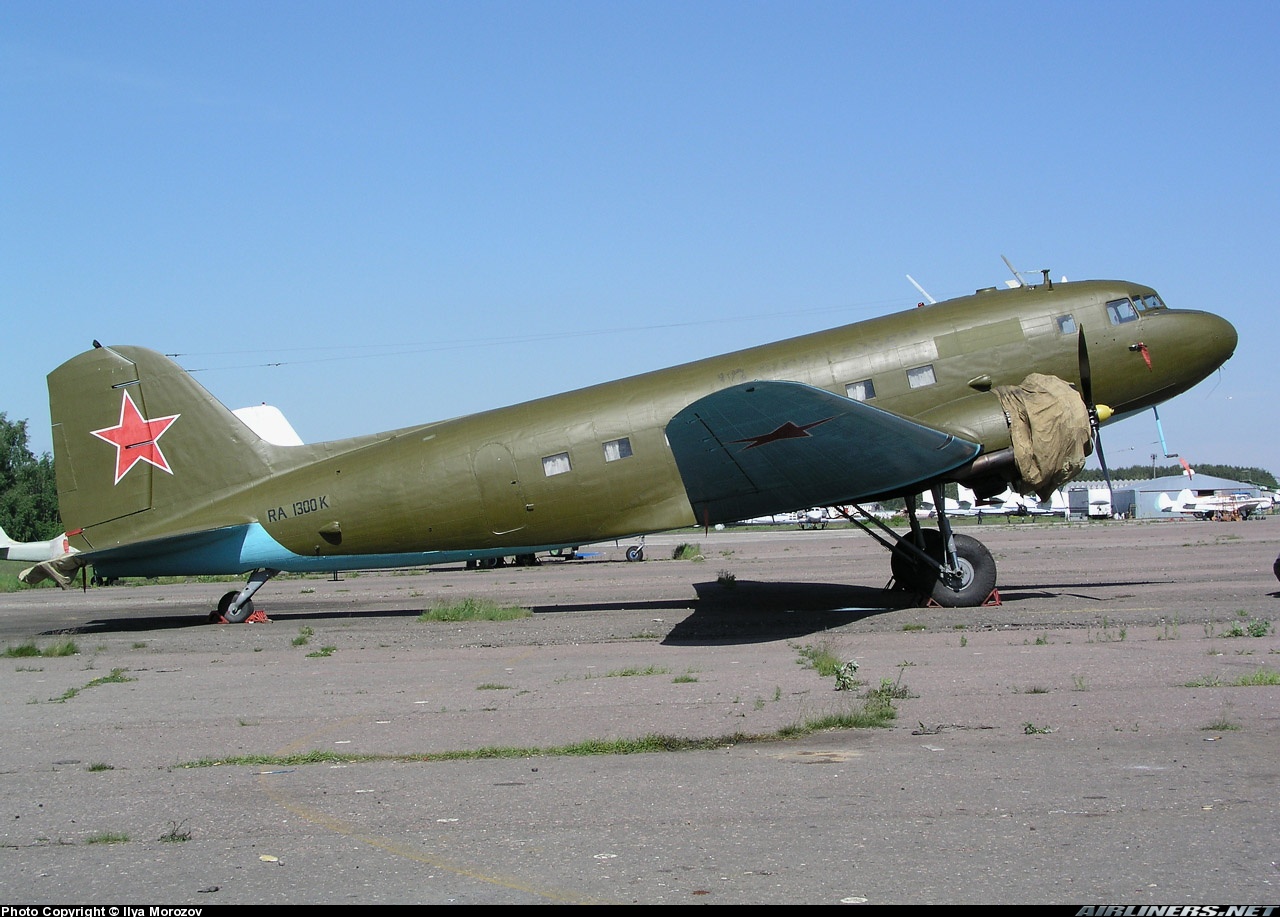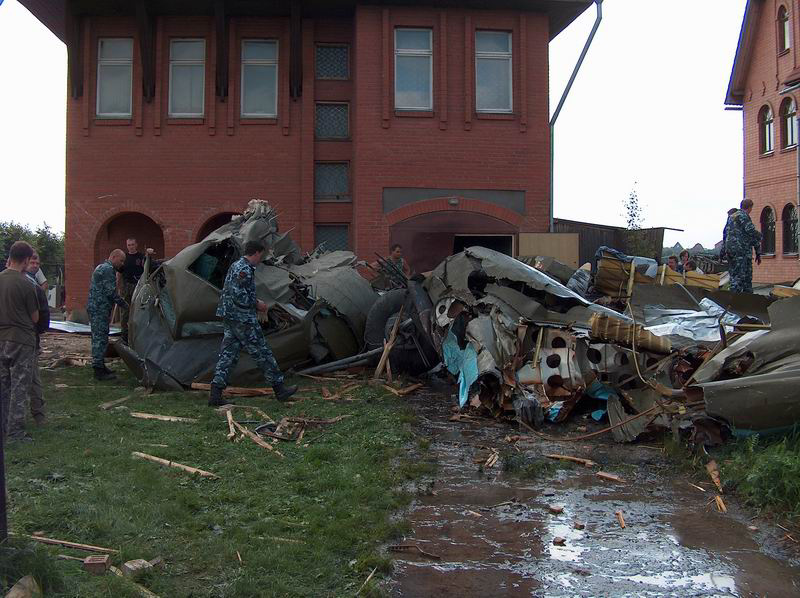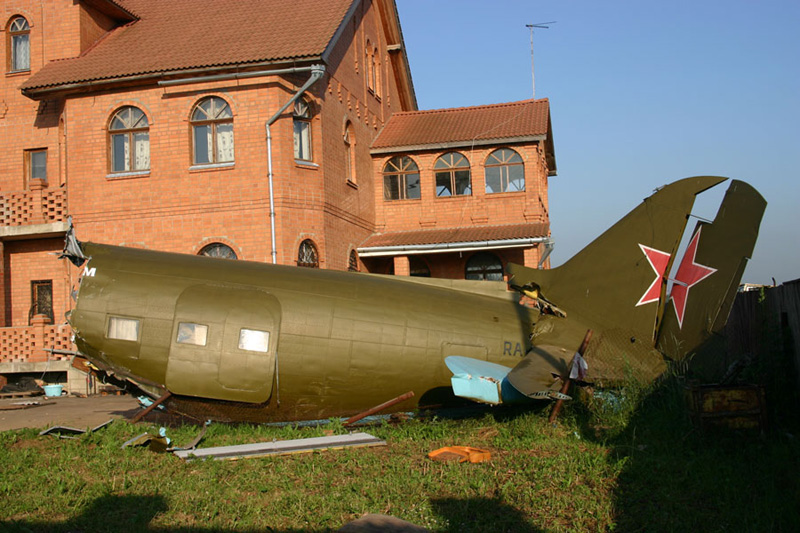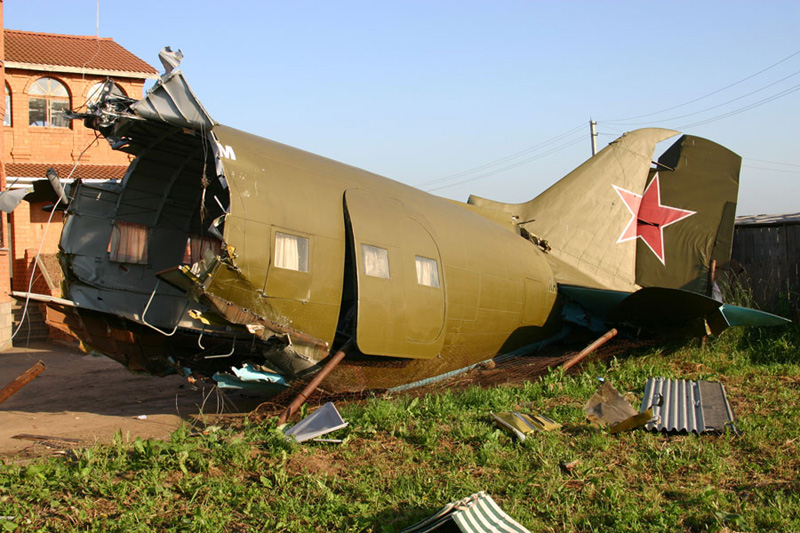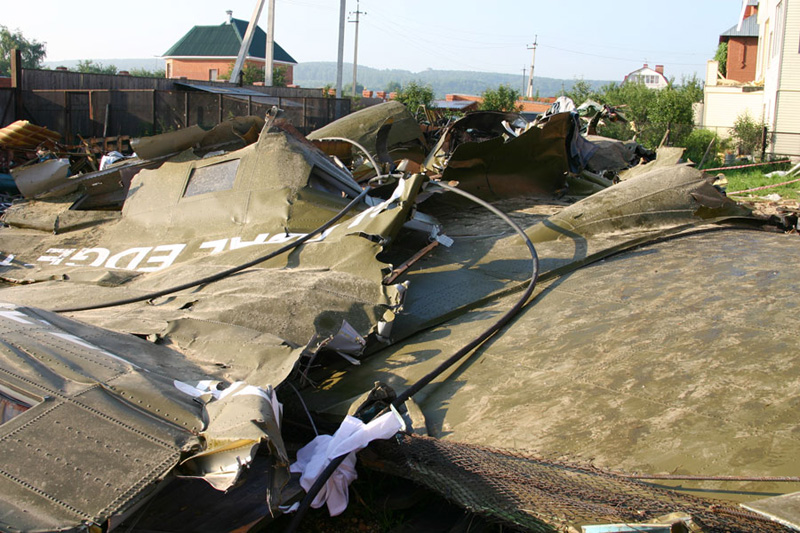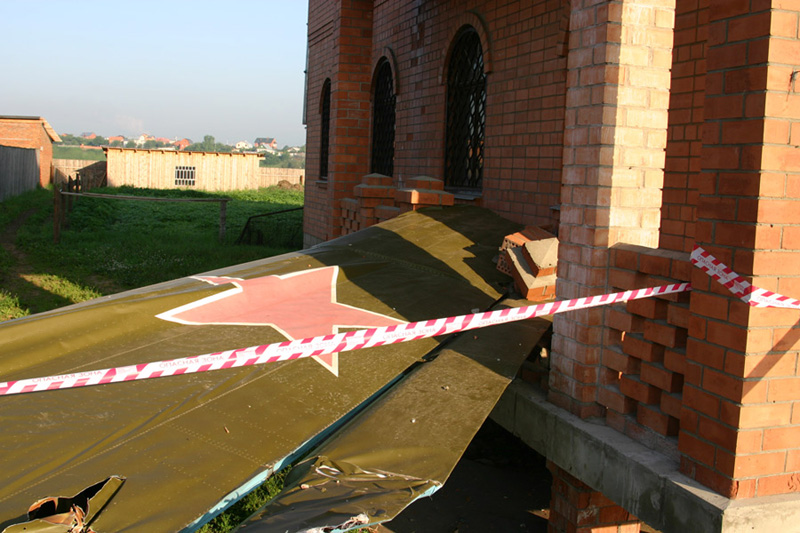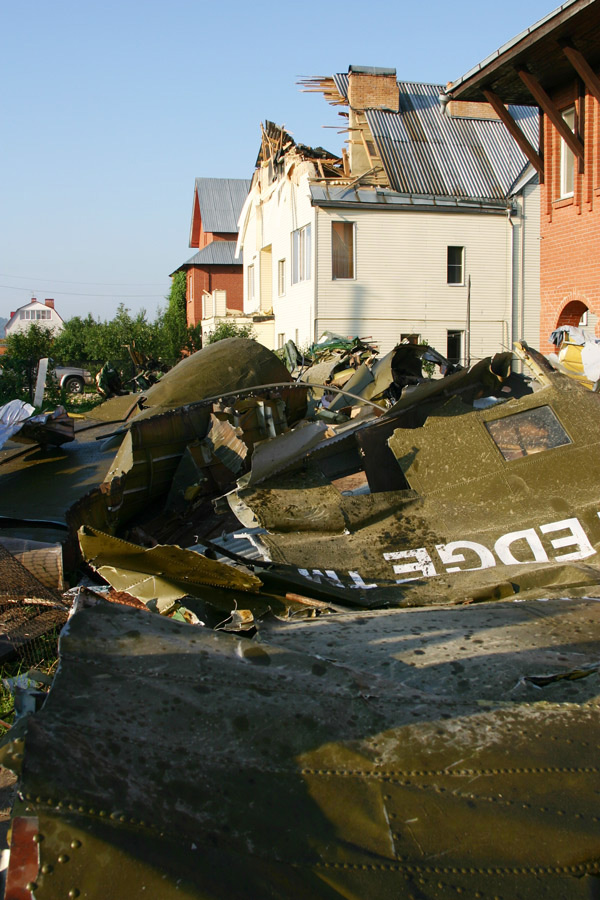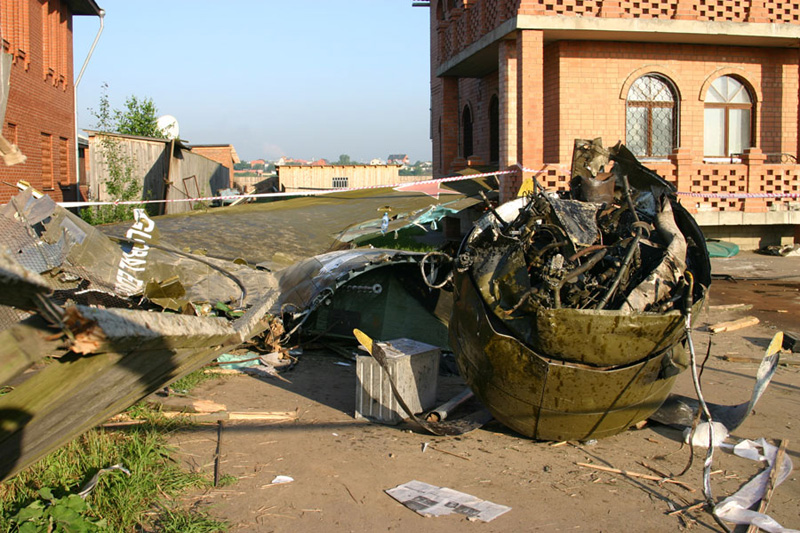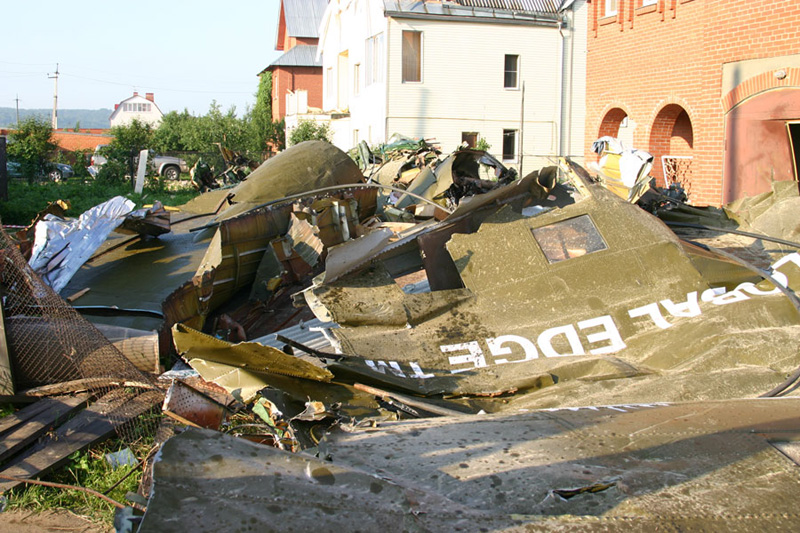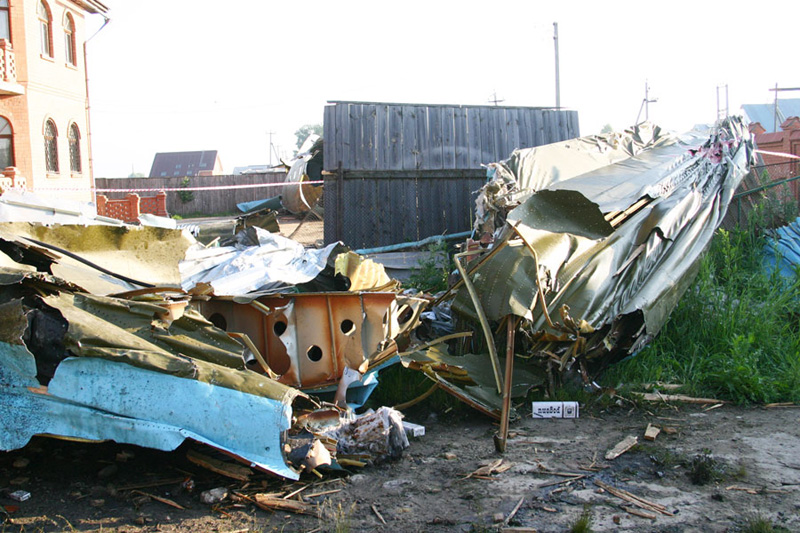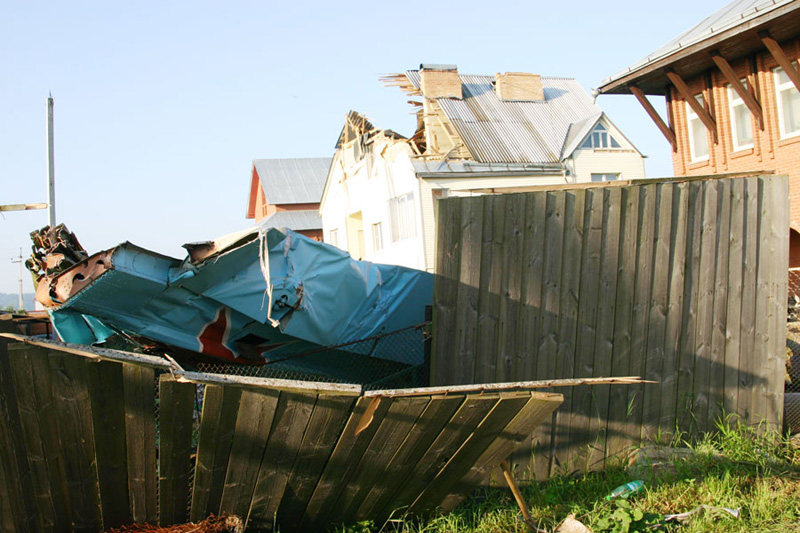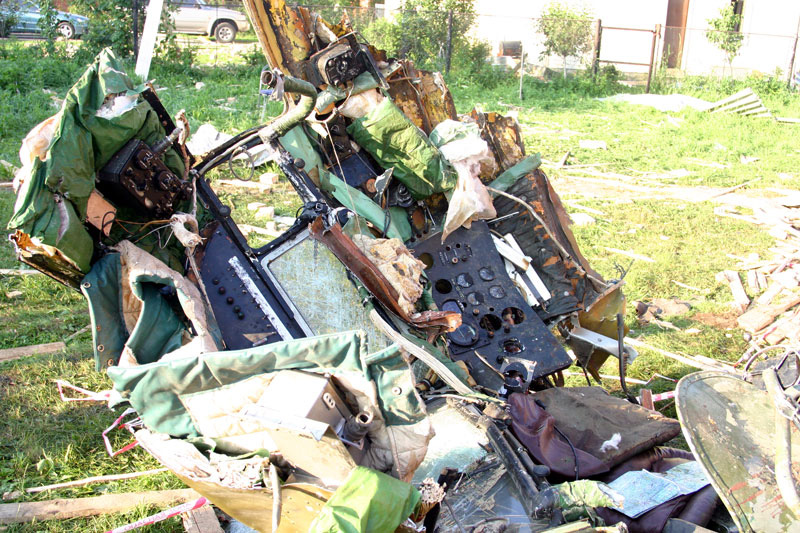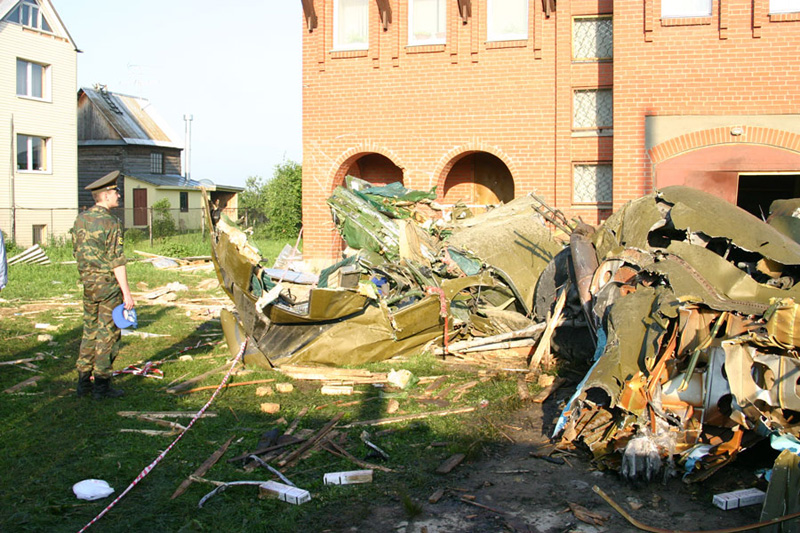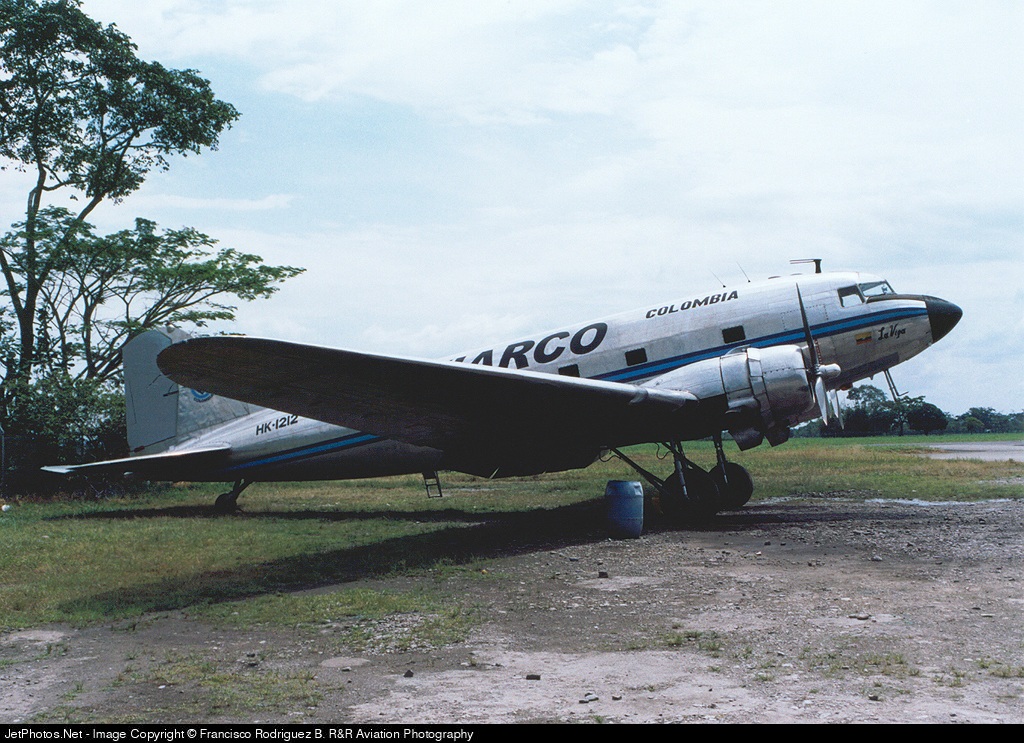Crash of a Canadair CL-215-1A10 off Chamadouro
Date & Time:
Jul 9, 2004 at 1840 LT
Registration:
I-SRMB
Survivors:
Yes
Schedule:
Seia - Seia
MSN:
1012
YOM:
1979
Flight number:
Tanker A2
Crew on board:
2
Crew fatalities:
Pax on board:
0
Pax fatalities:
Other fatalities:
Total fatalities:
0
Captain / Total hours on type:
750.00
Copilot / Total hours on type:
16
Circumstances:
Owned by SOREM, the aircraft was dispatched in Portugal and leased to OMNI - Aviação e Tecnologia for fire fighting missions. Following a scooping mission in the Aguíeira Reservoir off Chamadouro, the crew increased engine power and started a takeoff procedure when control was lost. The takeoff was abandoned but the aircraft collided with the shore and came to rest. Both pilots escaped uninjured and the aircraft was damaged beyond repair.
Probable cause:
Loss of directional control of the aircraft during takeoff and the track during deceleration (after the abortion decision) in order to avoid collision with the bank, was considered as the primary cause of the accident. The following contributing factors were identified:
- Poor Crew Resource Management,
- Lack of crew communication,
- The orographic conditions were substantially different from those where the crew received their training and developed their operational activities.
- Poor Crew Resource Management,
- Lack of crew communication,
- The orographic conditions were substantially different from those where the crew received their training and developed their operational activities.
Final Report:













